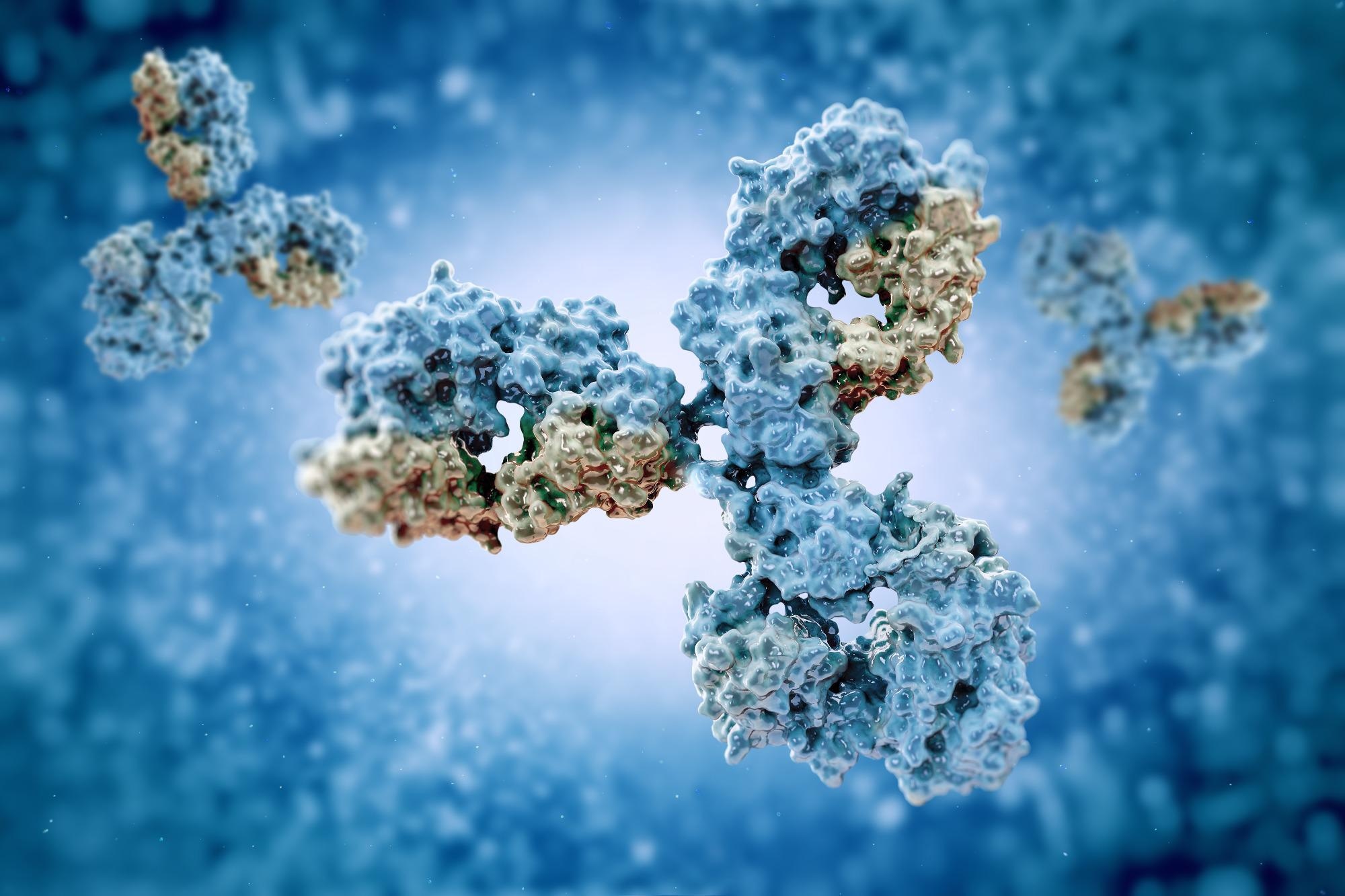Nearly 60% of Americans infected by Omicron

A recent study published in the Centers for Disease Control and Prevention (CDC) Morbidity and Mortality Weekly Report (MMWR) assessed the severe acute respiratory syndrome coronavirus 2 (SARS-CoV-2) infection-induced viral antibodies (Abs) seroprevalence in the United States (US).

Background
The Omicron (B.1.1.529) variant of SARS-CoV-2, the causative agent of coronavirus disease 2019 (COVID-19), became the most common SARS-CoV-2 variant in the US in December 2021. As a result, COVID-19 case rates in the US reached new highs. Since some COVID-19 cases are asymptomatic, undiagnosed, or unreported, traditional disease surveillance techniques do not capture all SARS-CoV-2 cases. Therefore, SASR-CoV-2 seroprevalence assessment, i.e., the percentage of people with SARS-CoV-2 antibodies (Abs), can help researchers better understand the COVID-19 population-level incidence.
About the study
The present paper explored age group-based changes in COVID-19-induced SARS-CoV-2 Abs seroprevalence in the US from September 2021 to February 2022. The team used data from the 2018 American community survey and the CDC's national commercial laboratory seroprevalence investigation. The national commercial laboratory seroprevalence analysis was a recurrent, cross-sectional nationwide survey that assesses the percentage of the population with SARS-CoV-2 infection-induced Abs in 50 US states, the District of Puerto Rico, and Columbia.
Anti-nucleocapsid antibodies (anti-N Ab), generated in response to SARS-CoV-2 infection but not in reaction to the presently permitted COVID-19 vaccines, were examined in the collected sera samples. In addition, a convenience blood specimens sample presented for clinical assessment was tested for anti-N Abs every four weeks from September 2021 to February 2022. In February 2022, the sampling timeframe in 18 among the 52 jurisdictions was <2 weeks, while specimens from two jurisdictions were unavailable. To reduce selection bias, specimens for which SARS-CoV-2 antibody testing was ordered by clinicians were excluded.
The investigators calculated the seroprevalence rates over four weeks by age group (≥65, 50–64, 18–49, 12–17, and 0–11 years). Authors used raking spanning age, gender, and metropolitan status characteristics from the 2018 American community survey data to weight jurisdiction-level findings to the population to obtain estimates. Confidence intervals (CIs) were generated using bootstrap resampling, and nonoverlapping CIs were used to assess statistical differences. The Roche Elecsys anti-SARS-CoV-2 pan-immunoglobulin (Ig) immunoassay was used to examine all specimens. Further, R statistics software was used for all statistical analyses.
Results
The study results showed that the median sample size for each four-week term from September 2021 to January 2022 was 73,869 and the sample size for February 2022 was 45,810. Overall, SARS-CoV-2 seroprevalence rose by 0.9 to 1.9 percentage points every four weeks from September to December 2021.
Written by
Shanet Susan Alex
Shanet Susan Alex, a medical writer, based in Kerala, India, is a Doctor of Pharmacy graduate from Kerala University of Health Sciences. Her academic background is in clinical pharmacy and research, and she is passionate about medical writing. Shanet has published papers in the International Journal of Medical Science and Current Research (IJMSCR), the International Journal of Pharmacy (IJP), and the International Journal of Medical Science and Applied Research (IJMSAR). Apart from work, she enjoys listening to music and watching movies.
Source: Read Full Article
